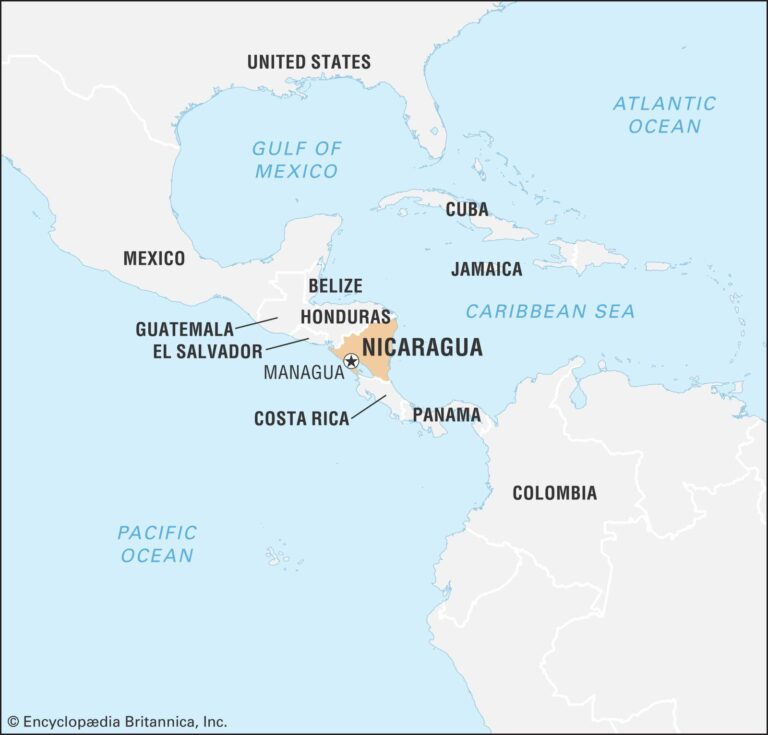Being Poor in Nicaragua: Life on the Edge of Survival
The Reality of Poverty in Nicaragua
Nicaragua is one of the poorest countries in Central America. The struggle for survival here is palpable, with a significant portion of the population living on less than $2 a day. This dire economic situation forces many families to make impossible choices just to get by.
Daily Struggles and Survival Tactics
People living in poverty in Nicaragua often engage in informal labor. From street vending to manual labor, these jobs are essential for providing basic necessities. However, the irregularity of these jobs means that families are constantly at risk of not being able to afford food or medical care.
Access to Education and Healthcare
Access to education is severely limited for impoverished families in Nicaragua. Many children are forced to drop out of school to help support their families. This lack of education perpetuates the cycle of poverty and limits opportunities for future generations.
Gender Inequality and Its Impact
Women face additional challenges in Nicaragua’s impoverished communities. They often bear the brunt of economic hardship and are frequently denied equal rights and opportunities. Gender inequality exacerbates the struggles of poverty, making it even harder for families to escape their circumstances.
Efforts to Lift Communities Out of Poverty
Numerous organizations are actively working to combat poverty in Nicaragua. Efforts include providing education, healthcare, and job training to empower communities. Such initiatives are crucial, as they provide the tools needed to break the cycle of poverty. To understand more about the ongoing challenges, you can read further about Being Poor in Nicaragua.
Conclusion: The Path Forward
While the challenges are immense, there is hope for a better future in Nicaragua. Ongoing support from local and international organizations can help uplift communities. Together, through education and empowerment, it is possible to provide a path out of poverty.

